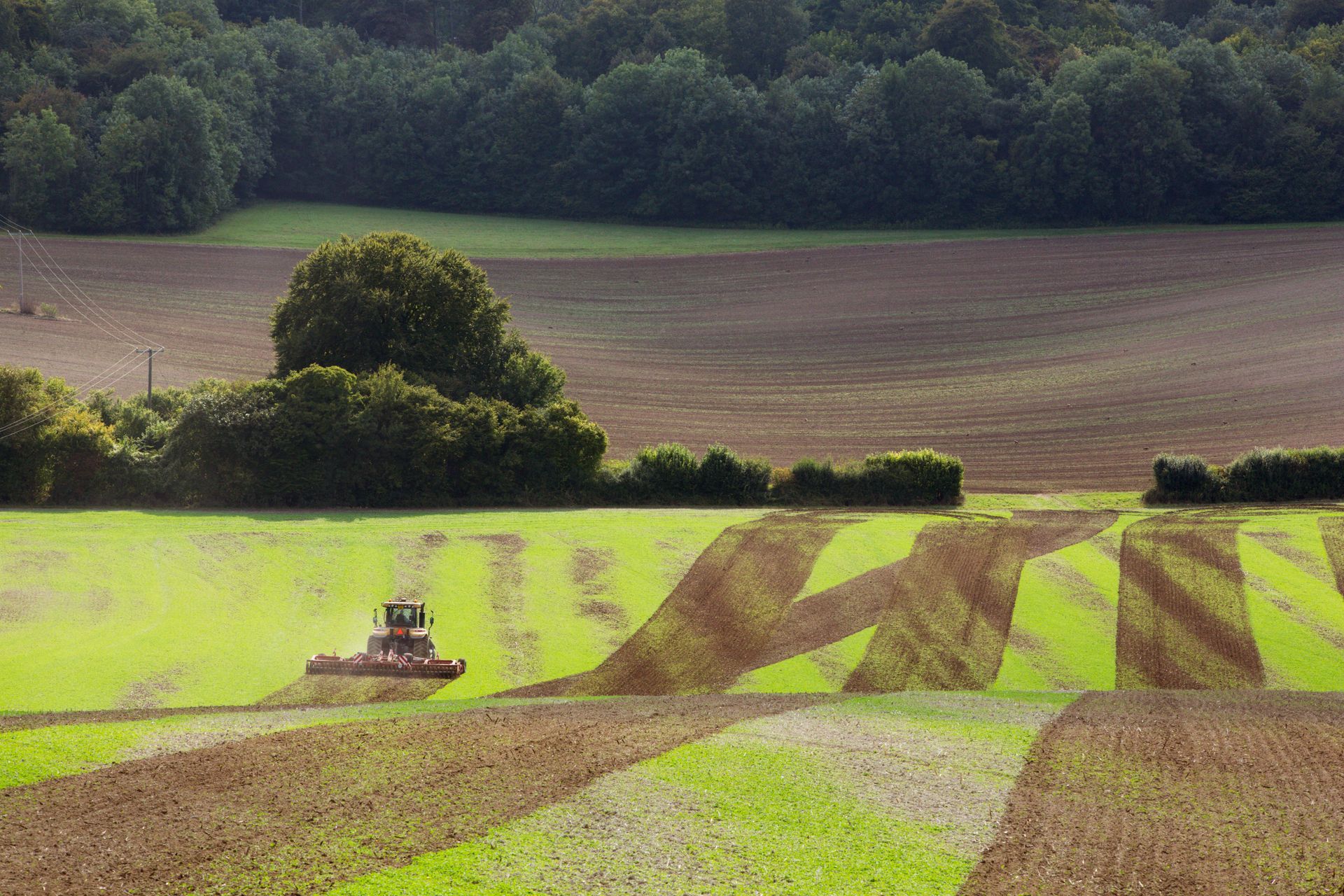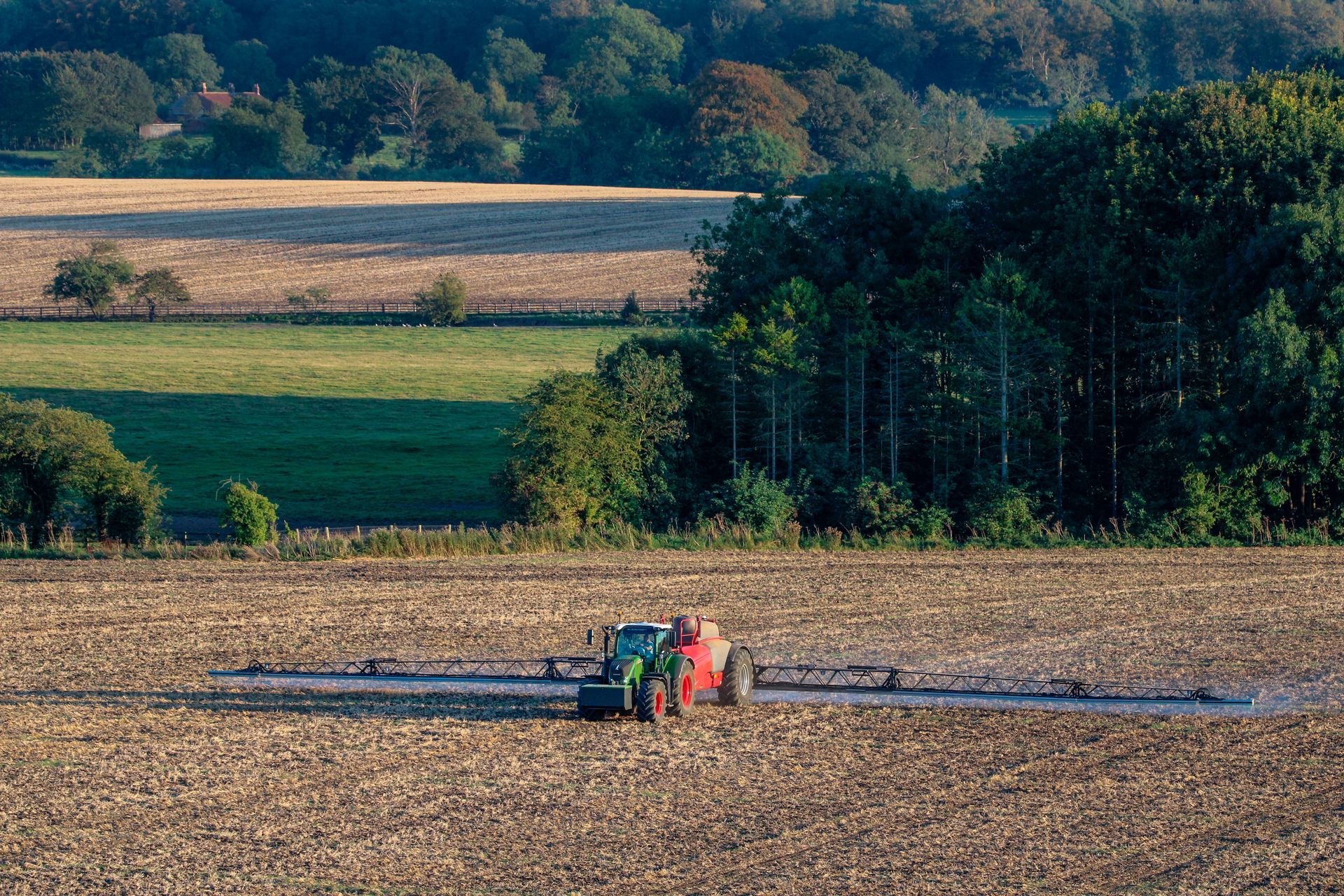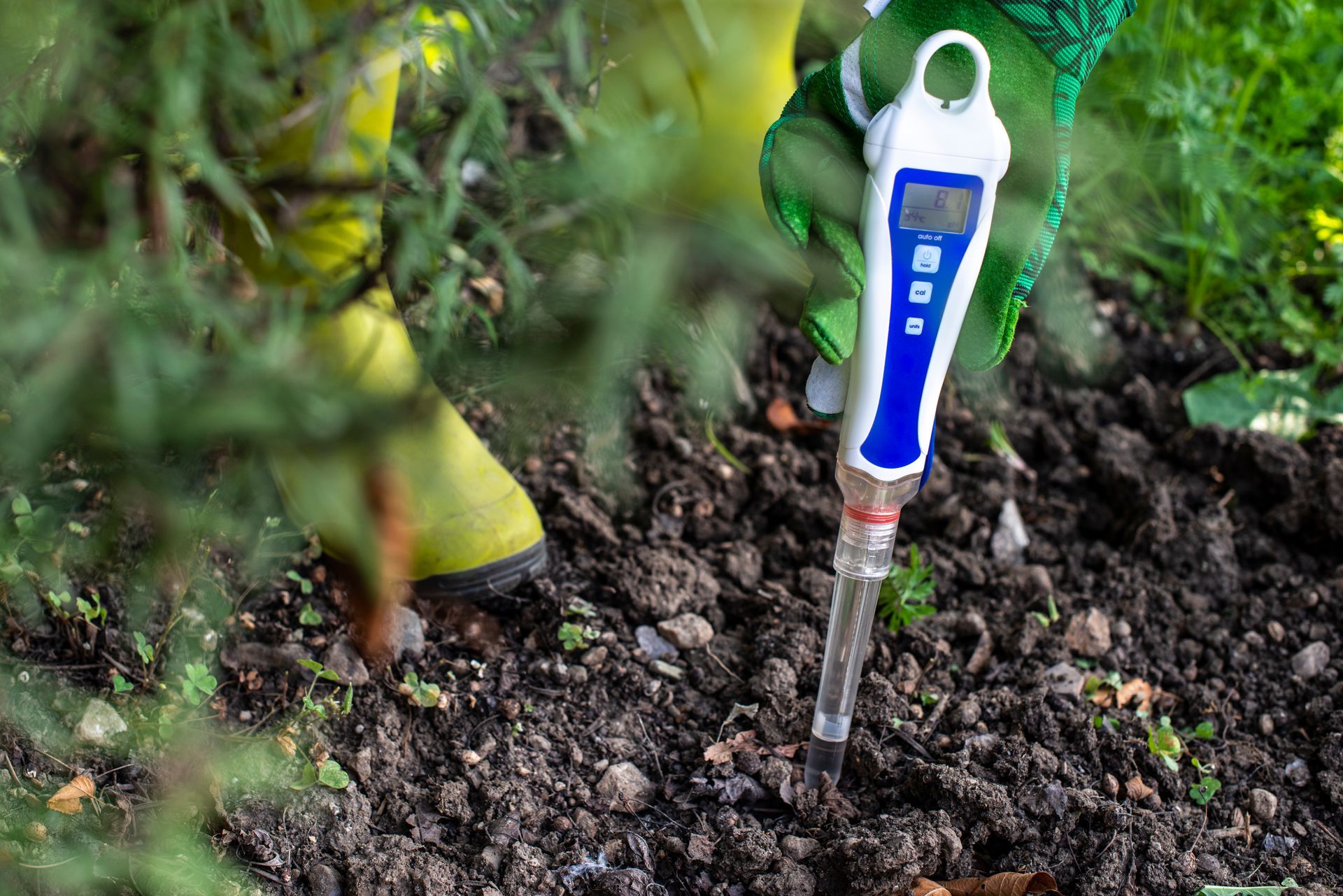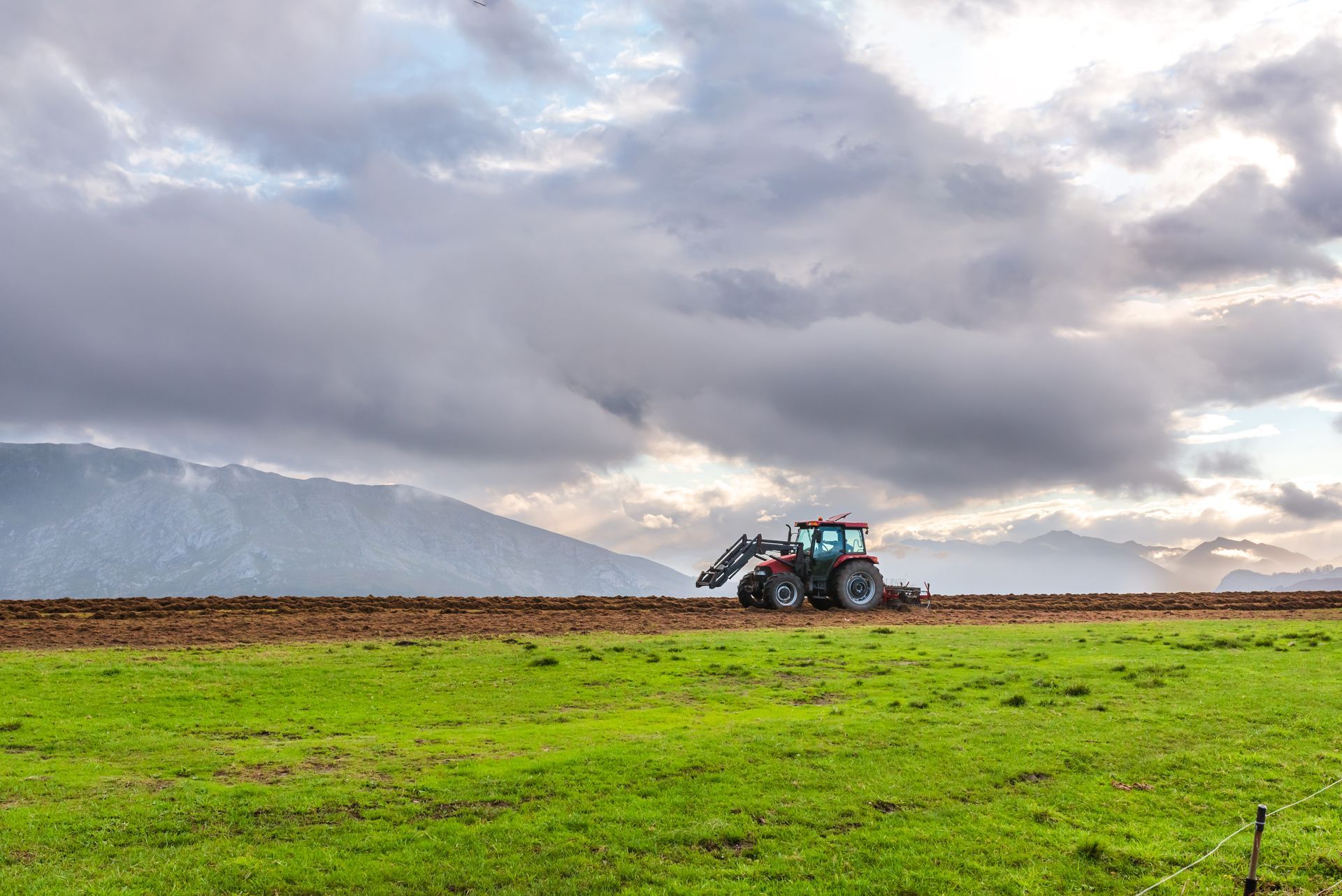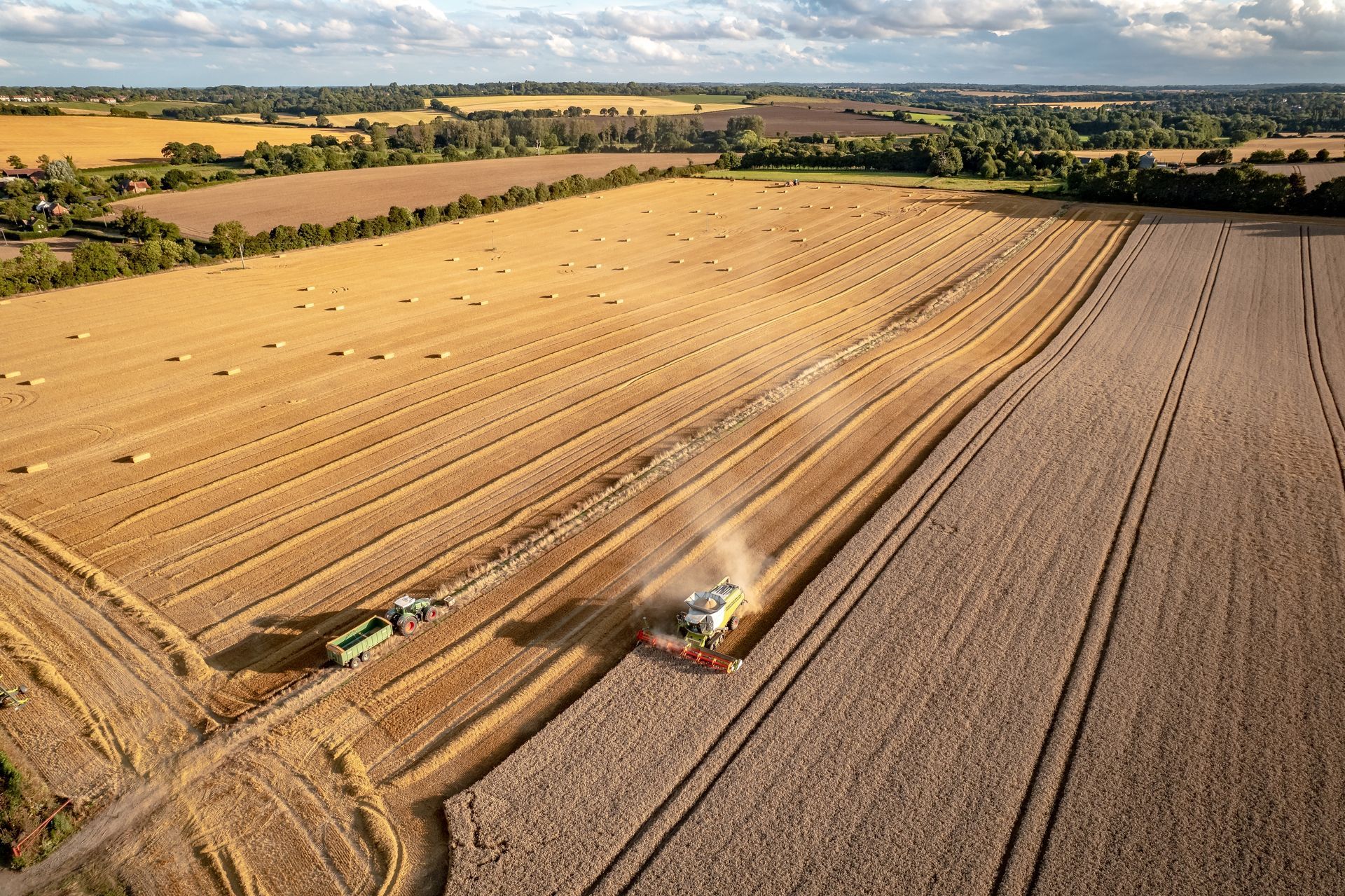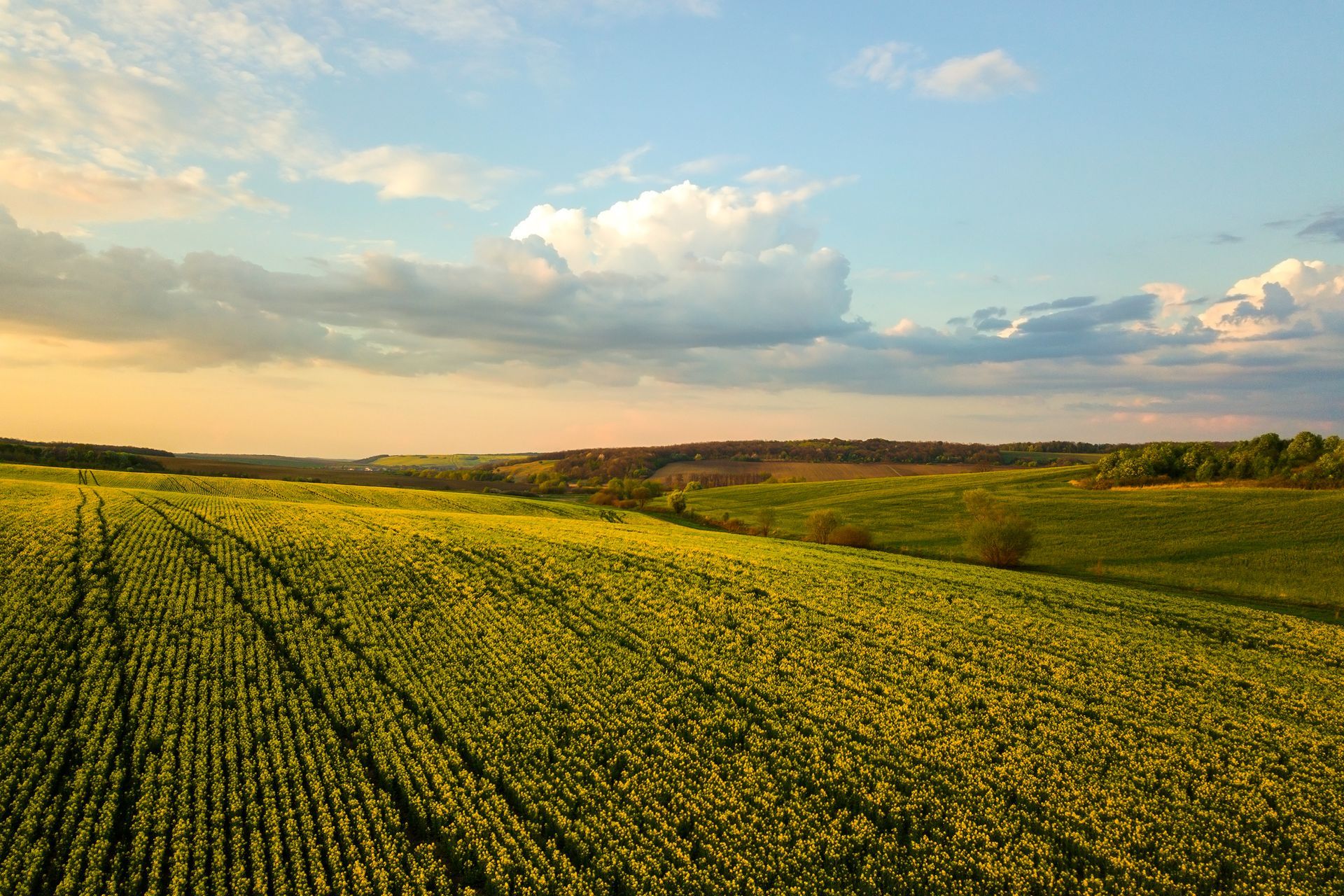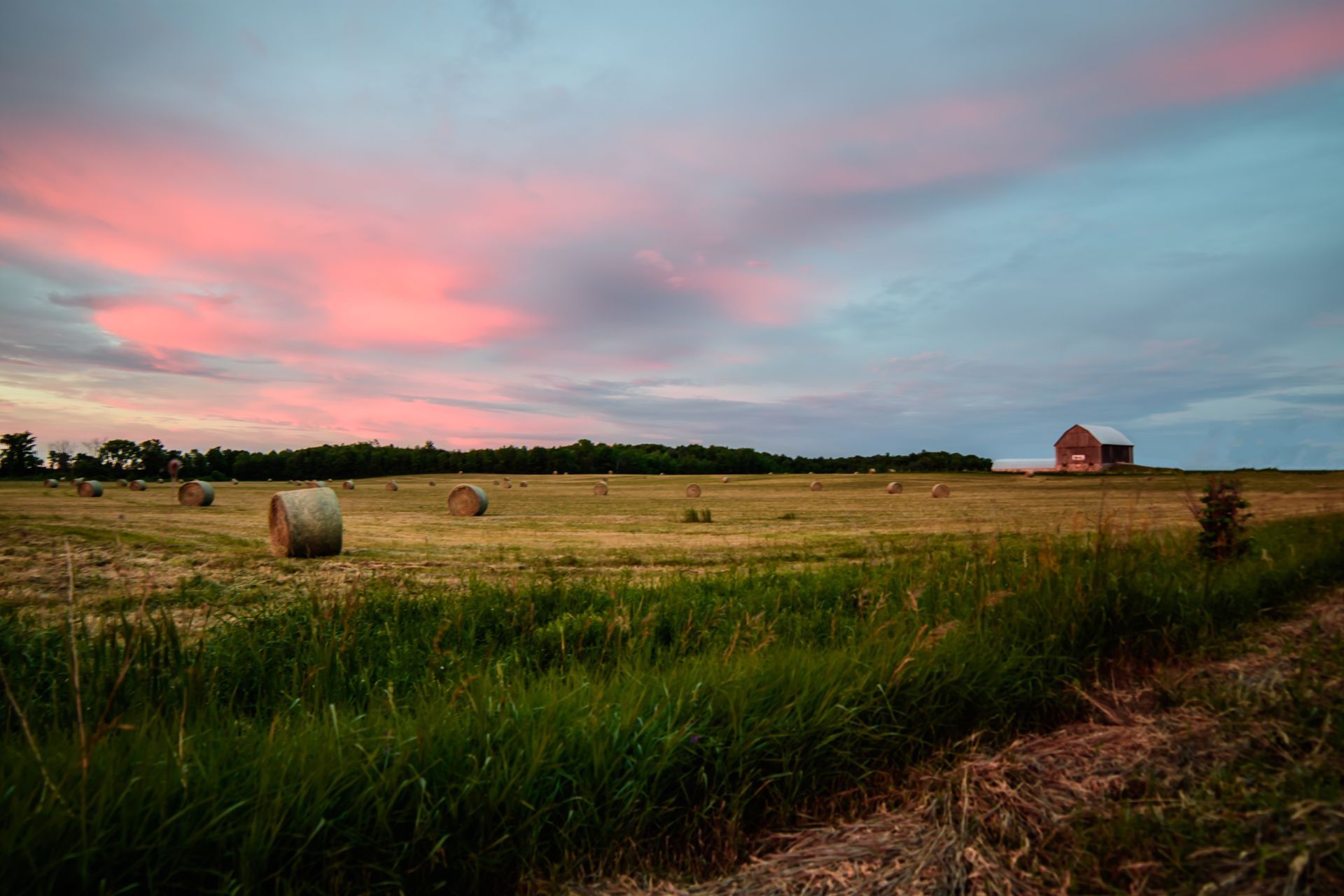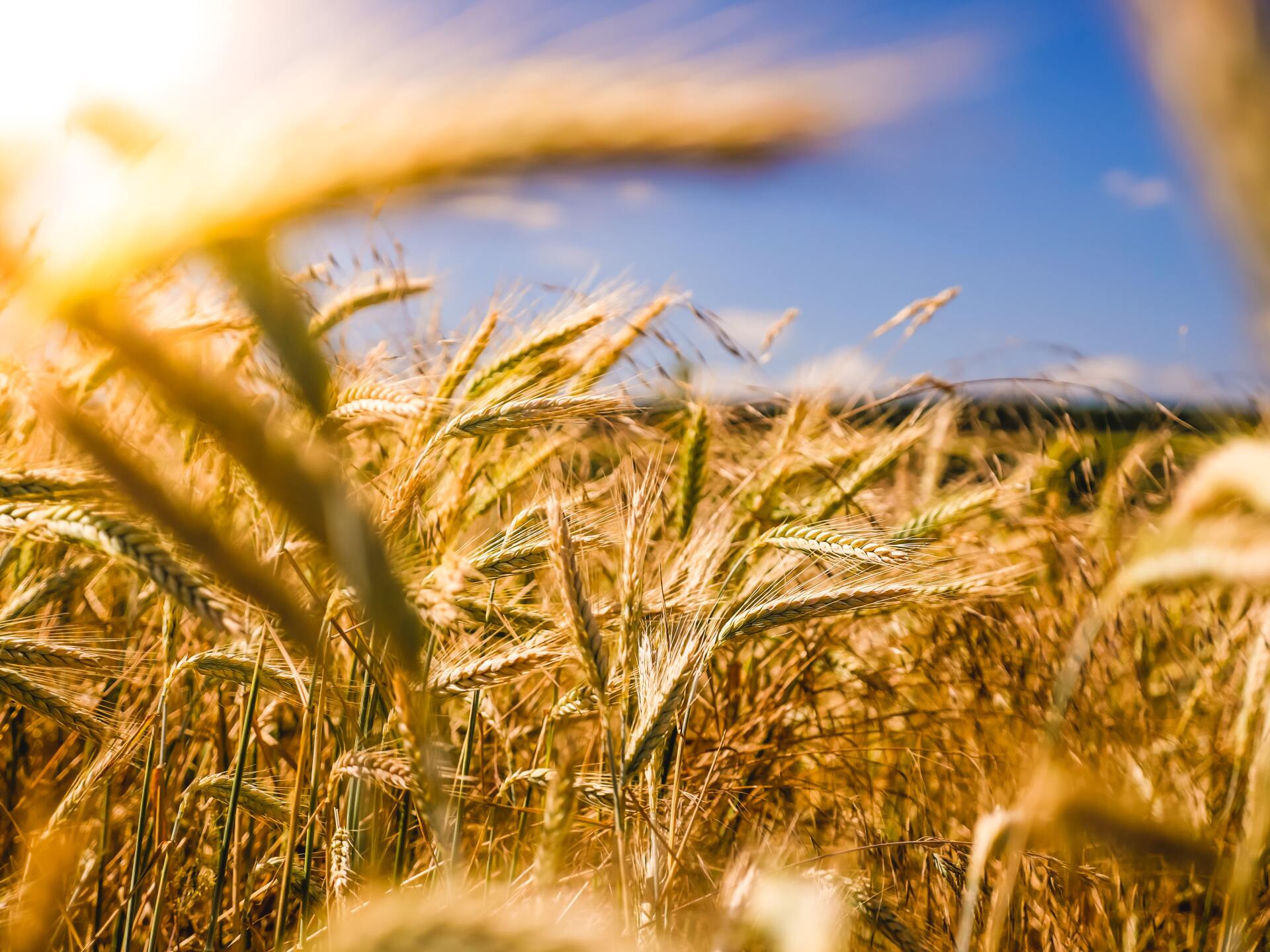Making the Switch to Strip-Till Farming? Here are Some Smooth Tips
Strip-till farming is a farming system that aims to minimize tillage by using special equipment that will only disturb the portion of the soil that will contain a row of seeds. Strip-till farming can result in an improved seedbed that increases crop yield but making the switch can be challenging. Here are some key tips to keep in mind as you make this transition.
The Right Tools Matter
First, make sure you have the right type of strip-tilling equipment for what you have planned. For example, shank row units are well suited for fall tilling, breaking up compaction, and adding anhydrous ammonia to the soil. On the other hand, coulter systems are usually better suited for spring conditions. Regardless of which type of strip-till bar you use, make sure your tractor has adequate horsepower to pull it. Finally, use RTK GPS so you can easily follow your guidance lines each time you till and plant.
Check Soil Conditions
Understanding your soil conditions is crucial for effective strip-tilling. For example, if you are applying fertilizer during a strip-till pass, be sure to pull soil samples from outside the fertilizer band to get accurate samples for the field. Never run the strip-till bar when fields are wet, as this could compact the soil.
Be Mindful of Hills
Hills and rolling ground can introduce extra complications when running a strip-till bar. Contours and rolling ground can make it harder to keep planters aligned with the strips you laid previously. Be especially cautious with hills, as strips that run downhill could lead to erosion. Careful guidance with an RTK GPS and being mindful of water flow patterns will help mitigate these issues.
When paired with micro-drainage solutions, strip-till farming can dramatically improve output from your fields, while also allowing you to adopt a more environmentally conscious farming method. Richland Micro Drainage can help, with innovative surface and sub-surface systems. Contact us today to learn more.


